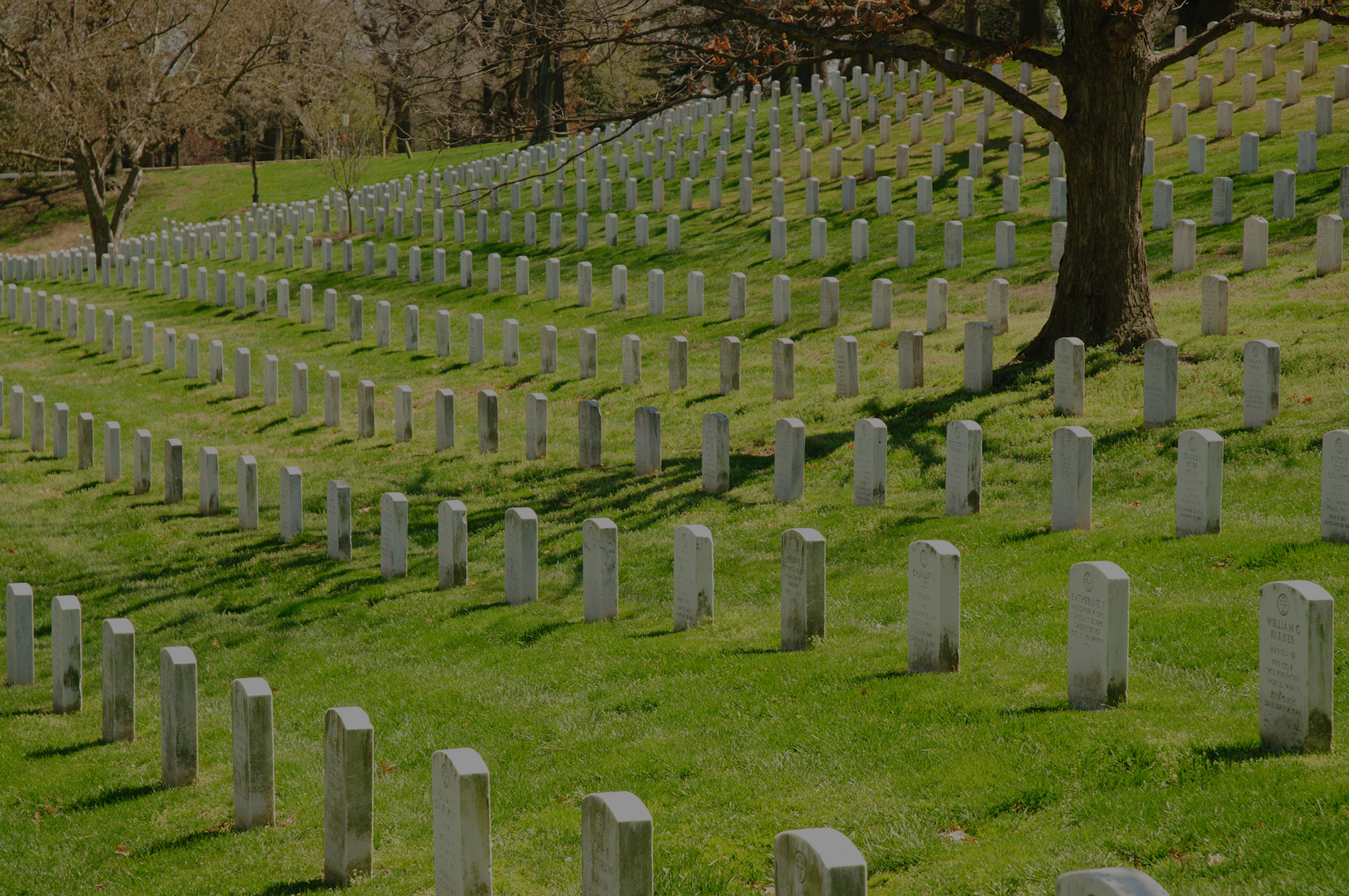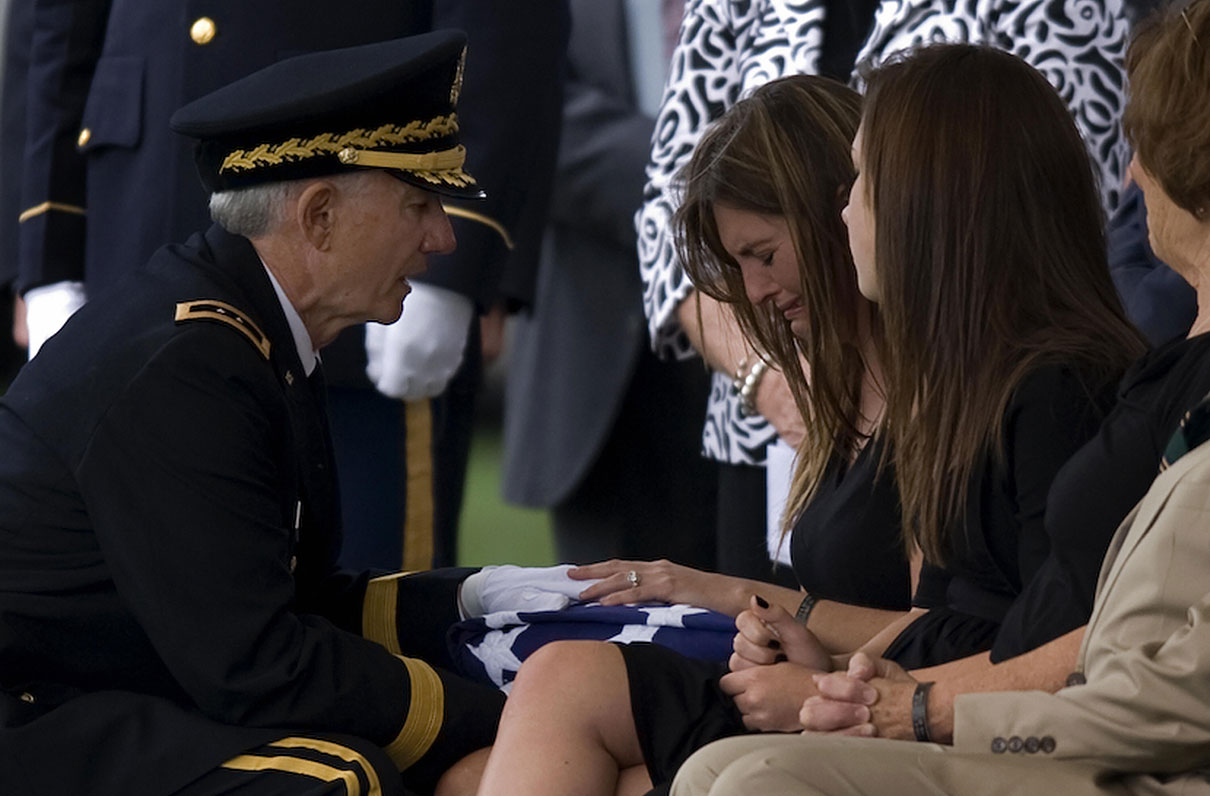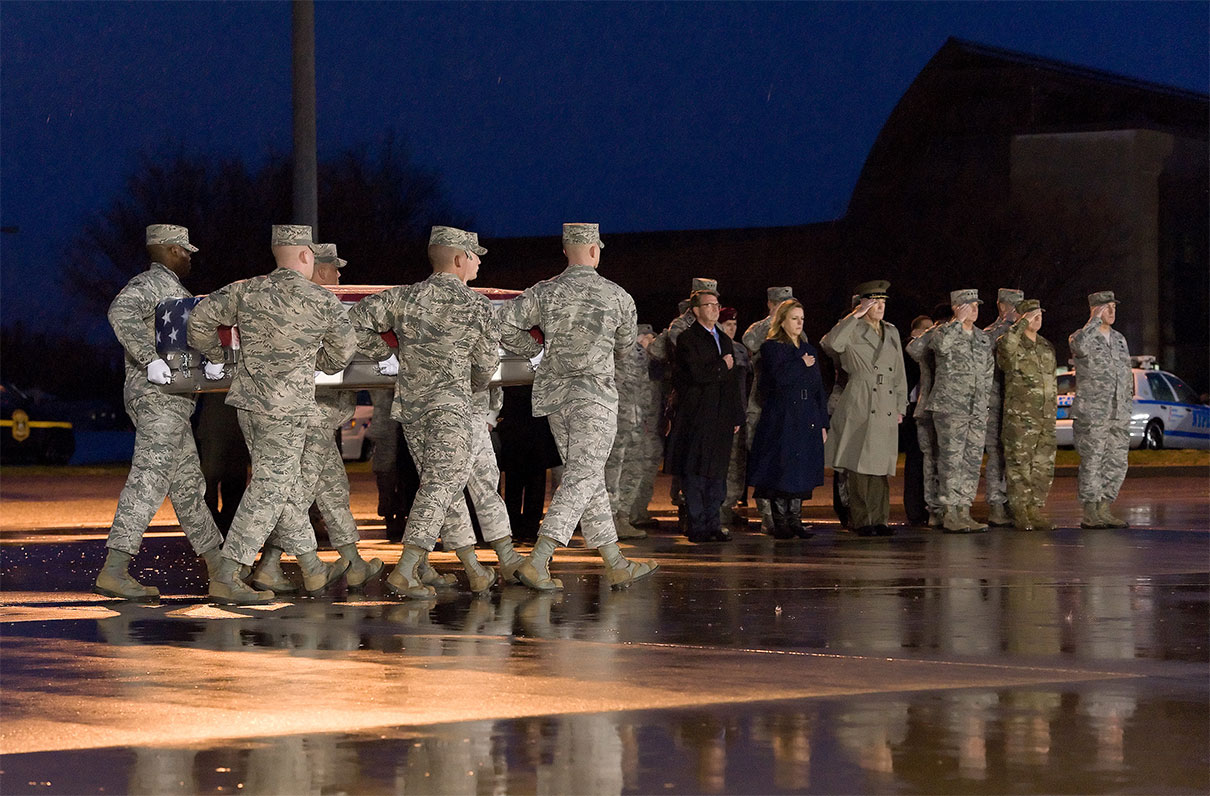The Army on Wednesday announced its recommendations for eligibility changes at Arlington National Cemetery – changes which would reduce those eligible for below-ground burials but still offer above-ground inurnment of cremated remains for many veterans.
In addition to preserving 1,000 gravesites for current and future Medal of Honor recipients, the proposed revised criteria for those who honorably serve the nation are as follows:
For below-ground interment:
- Killed in Action, to include repatriated remains of service members
- Award recipients of the Silver Star and above who also served in combat
- Recipients of the Purple Heart
- Combat-related service deaths while conducting uniquely military activities
- Former Prisoners of War
- Presidents and Vice Presidents of the United States
- Veterans with combat service who also served out of uniform as a government official and made significant contributions to the nation's security at the highest levels of public service.
For above-ground inurnment:
- World War II-era veterans, to include legislated active duty designees
- Retirees from the armed forces who are eligible to receive retired pay but are not otherwise eligible for interment
- Veterans who have served a minimum of two years on active duty and who have served in combat
- Veterans without combat service who also served out of uniform as a government official and made significant contributions to the nation’s security at the highest levels of public service
These proposals follow months of deliberation and input from veteran service organizations like MOAA and two independent surveys with over 250,000 responses.
“The nation’s premiere military cemetery is at a critical crossroads in its history,” Army officials state in a released statement. “Nearly all of the 22 million living armed forces members and veterans are eligible for less than 95,000 remaining burial spaces within these hallowed grounds.”
MOAA President and CEO Lt. Gen. Dana Atkins, USAF (Ret), expressed appreciation for the Army’s efforts to preserve the cemetery’s future use, but also stressed the importance of the upcoming public comment period as part of the federal rule-making process.
“The Army’s decision to restrict retirees from in-ground interment may be a concern for those whose end-of-life plans included this traditional burial at Arlington,” Atkins said. “While the changes do accommodate above-ground inurnment, we will need to assess the impact to all previously eligible servicemembers and take advantage of the public comment period under the Federal Registry to share the results of that assessment.”
According to Arlington officials, a federal rule can take up to nine months before being enacted and will include a public comment period, in which any concerns and questions would be addressed. Once the final rule, with any potential changes, is published in the Federal Registry, there will be an “as of” effective date. This will not affect any planned burials which are in the queue at that time.
In May 2016, Congress passed PL 114-158 requiring the Secretary of the Army to submit to both chambers’ Committees on Veterans’ Affairs and Armed Services a report on the interment and inurnment capacity of Arlington National Cemetery
The Army’s proposed changes differ notably from the Advisory Committee on Arlington National Cemetery (ACANC) report submitted in December of 2018 with their independent assessment on how to extend active burials and capacity into the future. The ACANC recommended future inurnments be altered to reflect selected “levels of service and sacrifice” as follows:
- killed in action, recipients of MOH, recipients of Purple Heart, Silver Star and above, died on active duty, or former POW
- above ground inurnment remain available to WWII and Korean War veterans
- Recipients of Distinguished Service Medals (DSM).
The most noteworthy variance between the Army’s proposal and the Advisory Committee’s is the inclusion of retiree and veterans for above ground inurnment, as well as Presidents, Vice Presidents, and government officials with “significant contributions” to national security and public service at a high level.
Keeping with our own Testimony before the House Armed Services Committee in March of 2018, as well as our submitted Statement for the Record to the Senate Armed Services Committee this February, MOAA has been committed to explore any avenues which supports our stated recommendations:
- No action is taken restricting eligibility for the military retiree population, other than reserving a set number of plots for specific honorees, such as those killed in action or those who receive a Medal of Honor;
- Continued appropriated funding to undertake acquisition and development of adjacent land, including the Southern Expansion project currently underway; and
- Appropriated funds for the study and eventual acquisition of noncontiguous land to be used as an Arlington annex.
Regardless of any changes at Arlington, veterans and their families still have multiple options in planning for their burials. The National Cemetery Administration oversees 138 National Cemeteries, which serve as a sacred resting place for over 4 million veterans. Additionally, the National Cemetery Administration (NCA) plans to activate several more cemeteries around the country by next year, ensuring their mission that “No Veteran Ever Dies.”
We are interested in hearing the thoughts of our members. Please share your inputs to legis@moaa.org, or via social media using the hashtag #FutureofANC.



